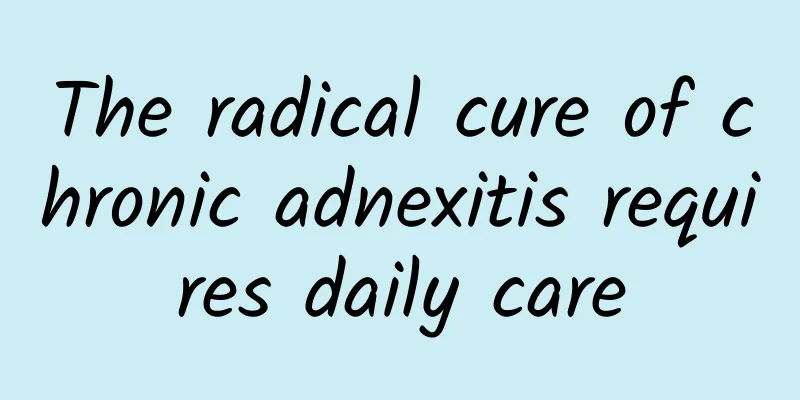Can endometrial cysts become cancerous?

|
Endometrial cysts may become cancerous, but not all cases will. The specific situation depends on the cause, course of the disease and the patient's physical condition. It is recommended to see a doctor as soon as possible, through regular gynecological examinations and imaging assessments, to identify the risks and take appropriate intervention measures. 1) Possible causes of cancer Endometrial cysts actually refer to the proliferation or cystic changes of endometrial tissue. This situation may lead to cancer due to the following factors: -Genetic factors: A family history of endometrial cancer or other tumors may increase the risk. - Long-term hormone stimulation: Anovulatory menstruation or the use of estrogen replacement therapy without progestin can cause hormone imbalance, stimulate excessive proliferation of the endometrium, and increase the risk of cancer. - Chronic inflammation or infection: Long-term endometritis increases the risk of abnormal cell division. -Age factor: Increasing age (especially in postmenopausal women) is also one of the important causes of cancer. 2) Methods to prevent or reduce the risk of cancer -Drug treatment: Ovulation-stimulating drugs (such as clomiphene) can be used to correct anovulation; progestin drugs (such as dydrogesterone or progesterone) are often used to balance hormone levels and inhibit continued endometrial proliferation. -Surgical treatment: For confirmed endometrial lesions, especially severe endometrial hyperplasia with atypical hyperplasia, hysteroscopy can be used to remove the lesion tissue. If the condition is more serious or precancerous lesions are considered, a total hysterectomy is required. -Lifestyle intervention: Avoiding obesity, reducing fat intake, eating more foods rich in fiber and antioxidants, such as whole grains, fruits and vegetables, nuts, etc., and insisting on regular exercise are effective ways to prevent cancer. 3) How to monitor and seek medical treatment Regular gynecological examinations and pelvic ultrasound are key, especially for women with risk factors, who should be monitored every 6 months to 1 year, and timely intervention is required if abnormalities are found. At the same time, when the endometrial thickness increases abnormally under ultrasound (>5mm after menopause; significant thickening outside of menstruation in young women), further pathological biopsy should be performed to confirm whether there is a possibility of cancer. Although endometrial cysts have the risk of cancer, most patients can minimize the risk through professional evaluation, standardized treatment and lifestyle intervention. It is recommended that female friends maintain healthy living habits, pay attention to gynecological examinations, and detect and treat them early to ensure the best health. |
<<: Will pelvic effusion and mass be painful?
>>: What exercises can improve uterine fibroids?
Recommend
Improper use of the inversion machine may cause blindness. Doctor: Do not exceed 15 minutes
Modern people live under great pressure, have bad...
Women must know the health care methods after abortion
According to a survey, there are more and more ab...
What should I pay attention to when I eat without vagina?
What dietary restrictions do female patients with...
Can “eating small meals frequently” really help control weight? Experts are here to answer!
In the past, it was always believed that in addit...
How to care for chronic adnexitis
Chronic adnexitis is a disease suffered by many w...
Longan honey annual output value of 1.2 billion yuan quality evaluation results released
The annual output value of Taiwan's longan ho...
Auxiliary examinations for pregnant women with ovarian cysts
After a patient with ovarian cysts becomes pregna...
What tests are needed for cervical hypertrophy?
Correctly checking for cervical hypertrophy is an...
Boiled eggs are nutritious, but can the elderly only eat boiled eggs? Nutritionist Zhao Hanying reveals: 3 NG ways to cook eggs
Boiled eggs are simple to make and are one of the...
Do I need estrogen supplementation for adenomyosis?
Is estrogen supplementation necessary for adenomy...
What are the symptoms of irregular menstruation?
What are the symptoms of irregular menstruation? ...
How much does it cost to treat cervical warts?
Cervical warts are a sexually transmitted disease...
What does ovulation bleeding feel like?
Women's ovulation date is generally about 14 ...
Western medicine treatment of premature ovarian failure
Western medicine treatment of premature ovarian f...
What is the problem of scanty menstruation?
Small menstrual flow may be a problem that many f...









